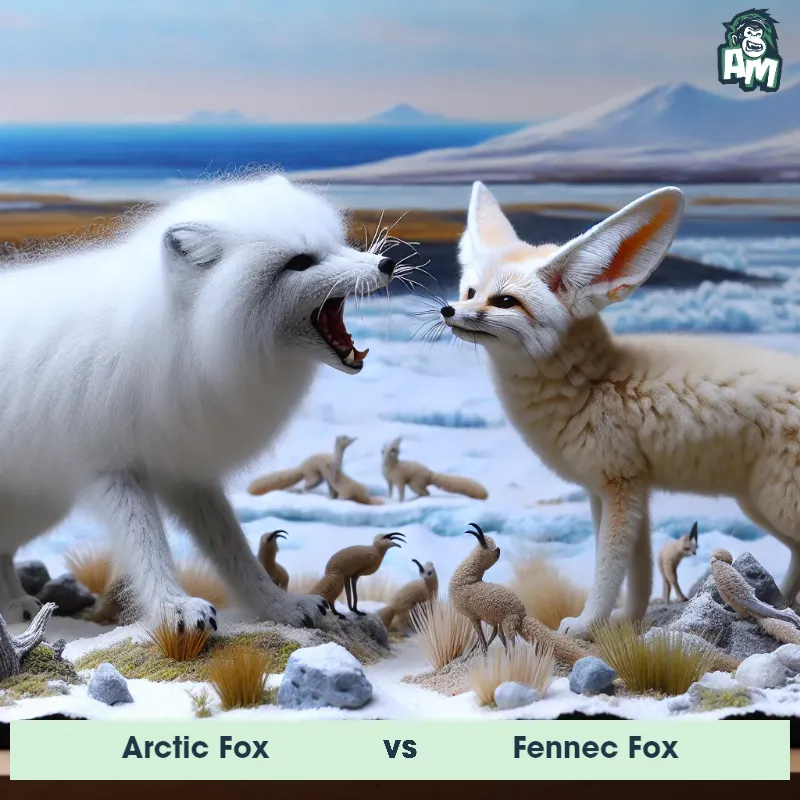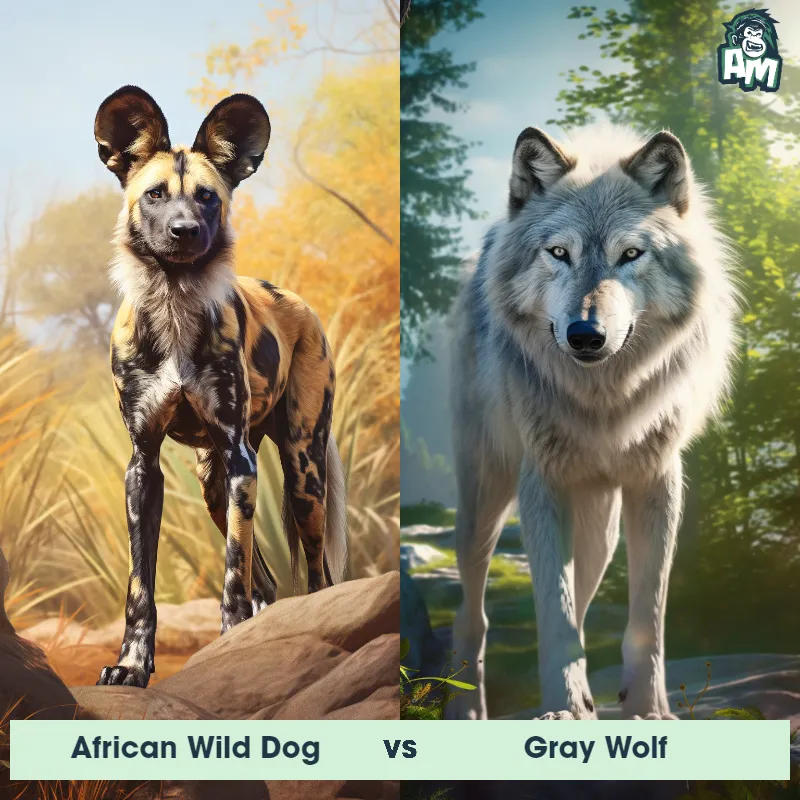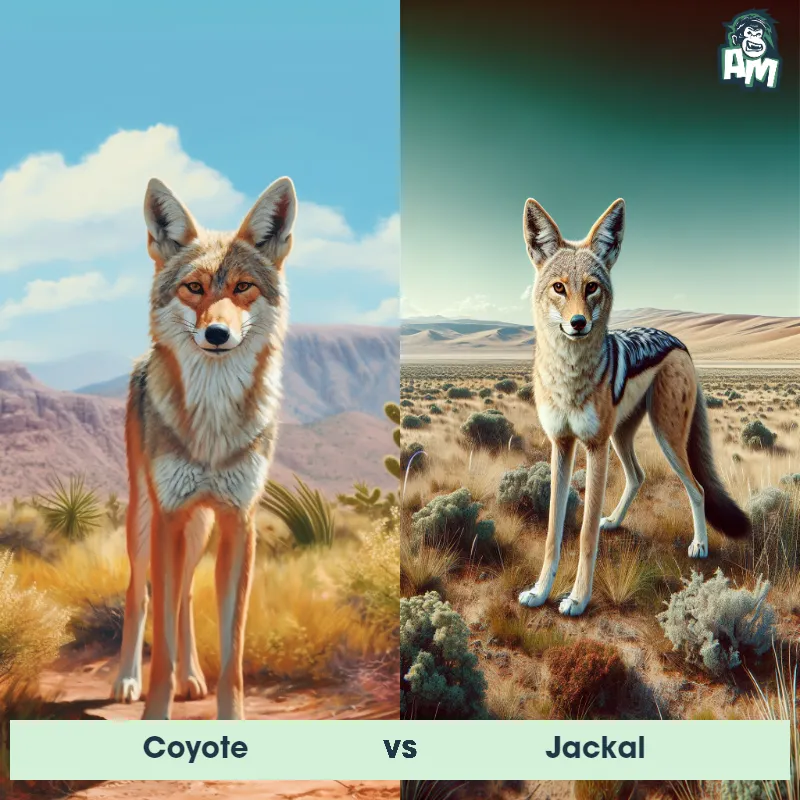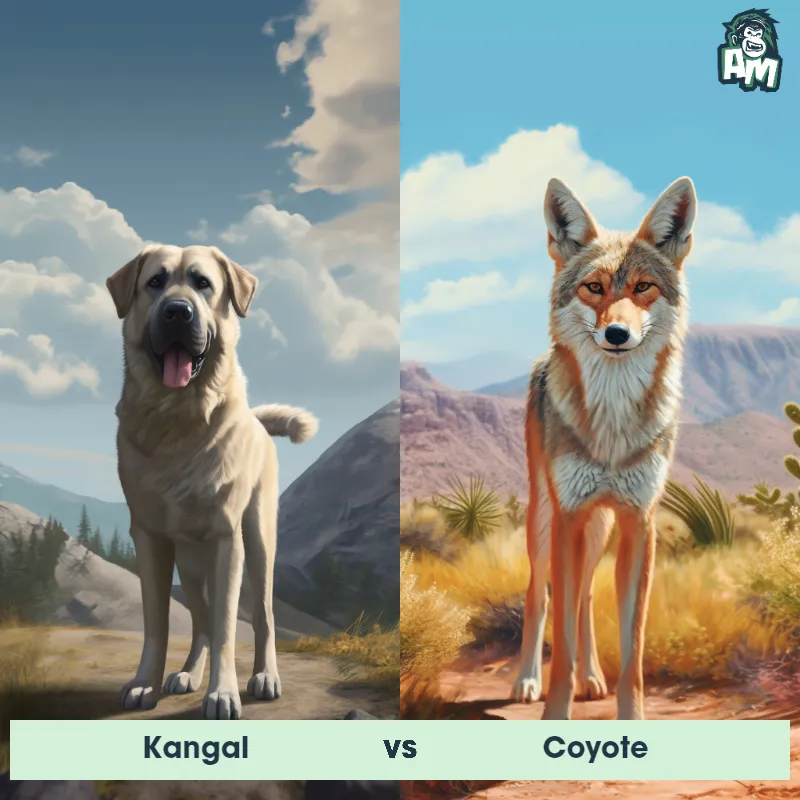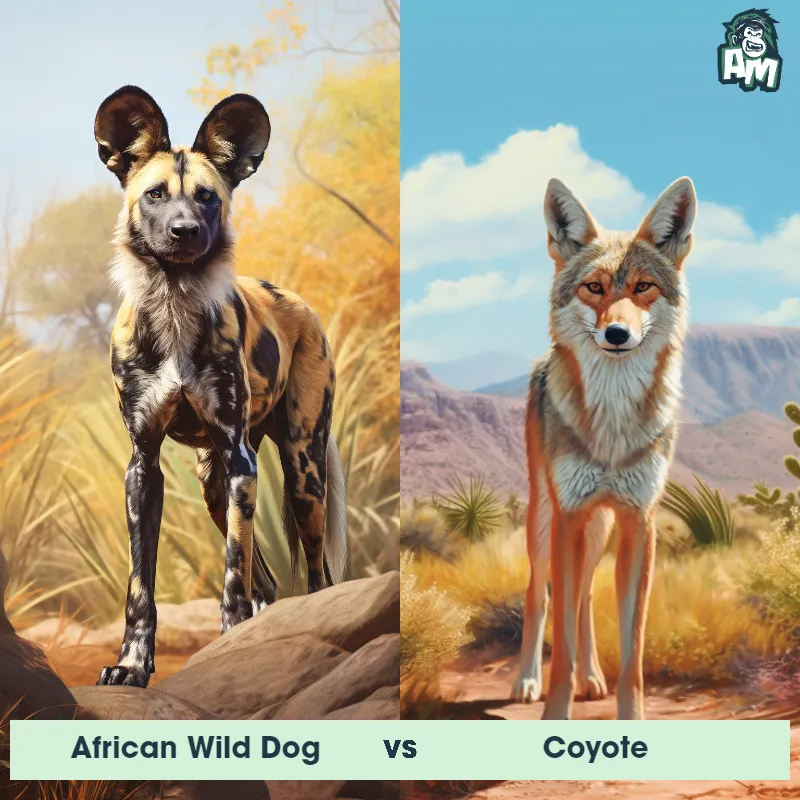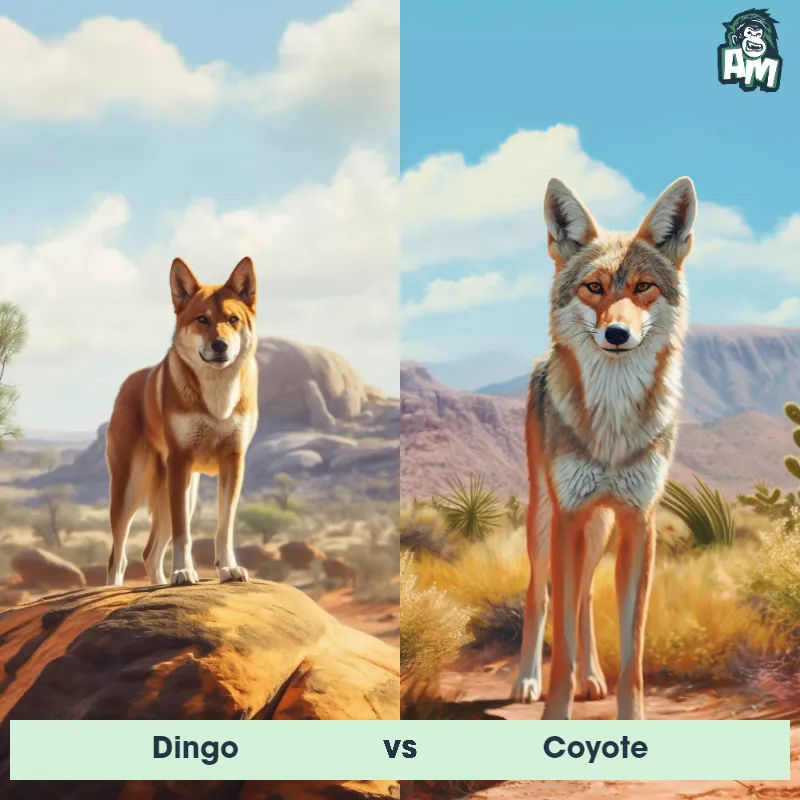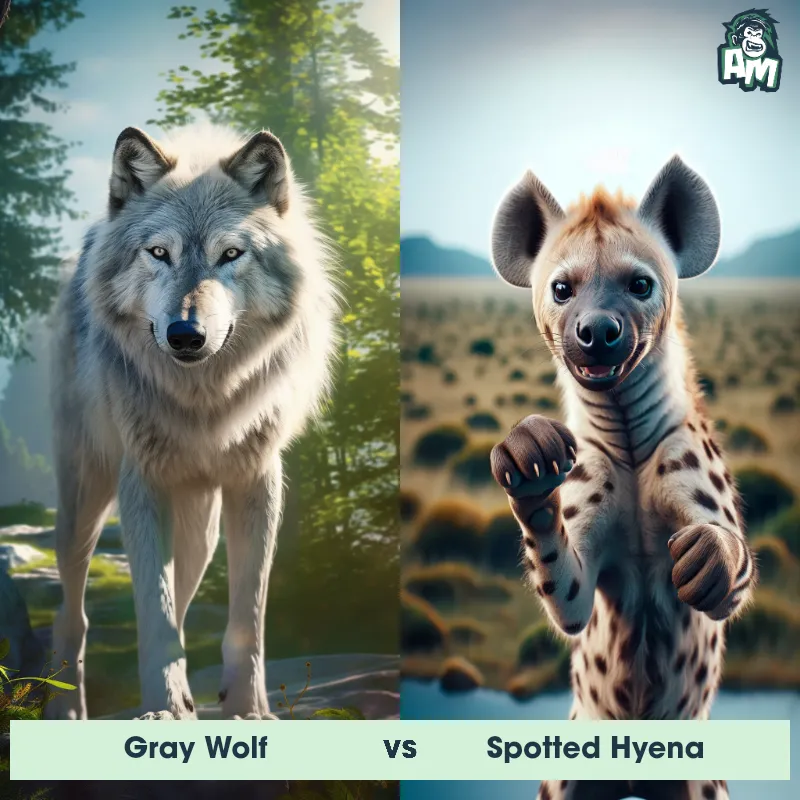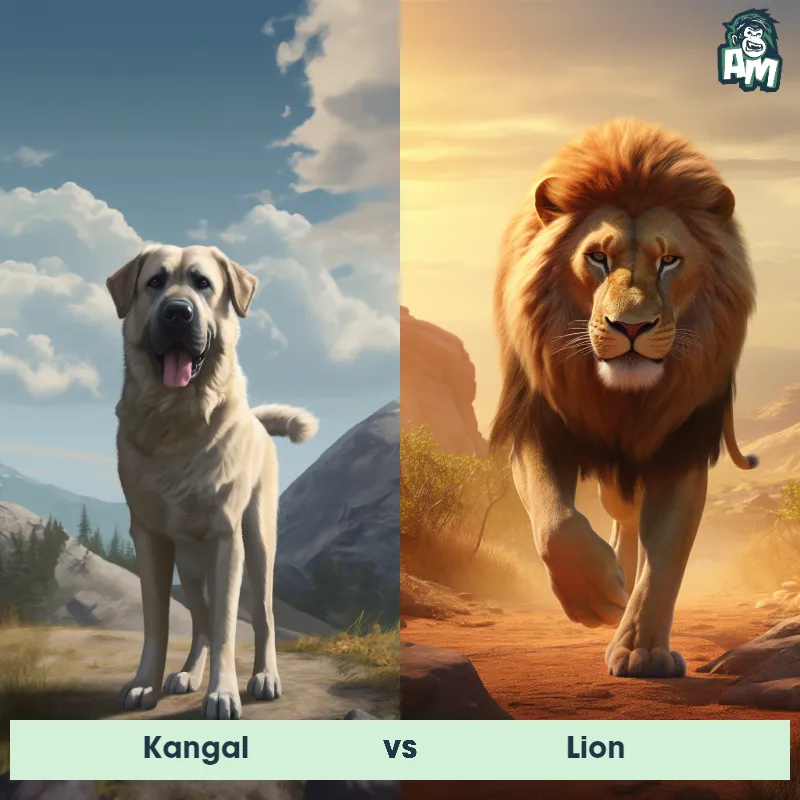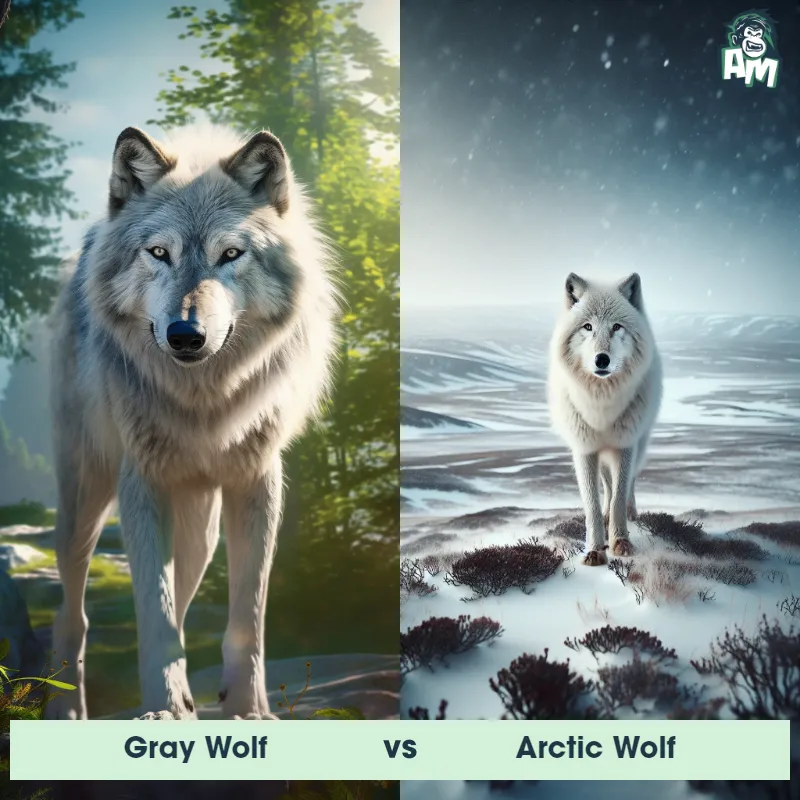Arctic Fox vs Fennec FoxSee Who Wins

Ladies and gentlemen, welcome to tonight's thrilling matchup at this electrifying arena! We have a battle between two agile and cunning creatures - the Arctic Fox and the Fennec Fox. The atmosphere is charged with anticipation as these two wild competitors prepare to face off in a three-round showdown. With both their survival instincts and ferocity intact, let the fight begin!
Contender 1: Arctic Fox
The Arctic Fox, also known as the polar fox, is a small fox species that lives in the Arctic regions of the Northern Hemisphere. They have thick white fur that helps them blend in with their snowy surroundings, and they also have small ears and a short snout to help them conserve heat in the cold climate. Arctic Foxes are known for their ability to survive in extreme temperatures, and they are able to dig deep burrows in the snow to stay warm and protected from predators.
Fun Fact: Arctic Foxes have incredibly thick fur, with up to 300 hairs per square inch, which helps them stay warm in temperatures as low as -58°F!
Contender 2: Fennec Fox
The Fennec Fox, also known as the desert fox, is a small nocturnal mammal that is native to the Sahara Desert and other parts of North Africa. They have distinctive large ears that help them regulate their body temperature and locate prey, as well as a thick coat of fur that helps them survive in the harsh desert environment. Fennec Foxes are social animals that live in small family groups and are known for their playful and curious nature.
Fun Fact: Fennec Foxes have the ability to go without water for long periods of time, as they are able to obtain all the moisture they need from their food.
Matchup Stats
| Arctic Fox | Fennec Fox | |
|---|---|---|
| Size | 12-16 inches (30-40 cm) in height, 18-26 inches (45-65 cm) in length | 20-40 cm (8-16 in) in height at the shoulder |
| Weight | 6.5-21 pounds (3-9.5 kg) | 0.68-1.6 kg (1.5-3.5 lbs) |
| Speed | Speed: 25 mph (40 km/hr) | Speed: 20 mph (32.19 km/hr) |
| Key Strength | Agility and speed | Speed and agility |
| Biggest Weakness | Lack of physical strength | Lack of physical strength |
Current Votes
Arctic Fox vs Fennec Fox
See Who Wins
Match Highlights
View More Matches
Looking For More?
Similar Matches
Scientific Stats
| Arctic Fox | Fennec Fox | |
|---|---|---|
| Scientific Name | Vulpes lagopus | Vulpes zerda |
| Family | Canidae | Canidae |
| Habitat | Arctic regions of the Northern Hemisphere | Desert |
| Geography | Alaska, Canada, Greenland, Russia, Scandinavia | Sahara Desert and other parts of North Africa |
| Diet | Small mammals, birds, fish, and carrion | Omnivorous, primarily insects, small mammals, and plants |
| Lifespan | 3 years - 6 years | 11 years - 14 years |
Key Differences between Arctic Fox and Fennec Fox
- Tail: The bushy tail of the Arctic fox is usually long and fluffy, used to protect its face during harsh weather conditions. In contrast, the Fennec fox has a relatively smaller, less bushy tail, adapted to its arid desert environment.
- Facial features: The Fennec fox has characteristically large, almond-shaped eyes that are well-adapted for their nocturnal lifestyle, while Arctic foxes have rounder eyes. However, both fox species possess a similar pointed muzzle and sharp teeth.
- Fur color: Arctic foxes have a thicker coat to withstand harsh Arctic winters, which is typically white or light gray during winter and brown or grayish-brown during summer. Conversely, Fennec foxes have a sandy or light cream-colored coat, which helps camouflage them in desert environments.
- Habitat: The Arctic fox resides in the Arctic tundra or coastal areas of the Northern Hemisphere, while the Fennec fox is endemic to the Sahara Desert and other arid regions of North Africa, with some populations found in the Arabian Peninsula.
- Ears: Fennec foxes have distinctively large ears, measuring around 10-15 cm, which aid in thermoregulation in their hot desert habitats. Arctic foxes, although smaller, possess relatively smaller ears in comparison.
- Size: The Arctic Fox (Vulpes lagopus) is larger than the Fennec Fox (Vulpes zerda). Arctic foxes measure around 55-85 cm in length, while Fennec foxes are typically 24-41 cm long.



